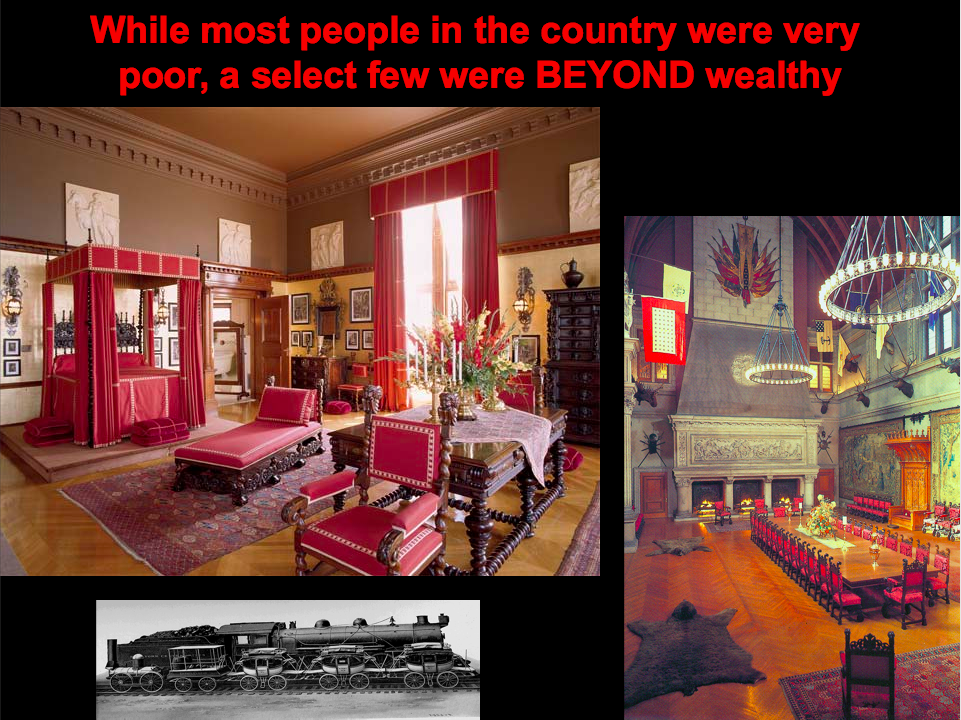Illinois’ biased eighth-grade labor history curricula
Illinois state law requires that students be taught the history of organized labor by the end of eighth grade. And there is a bill in the General Assembly that would expand on that, so schoolchildren would have to learn more about unions. Unions are powerful institutions, so it’s reasonable to expect that children be taught...
Illinois state law requires that students be taught the history of organized labor by the end of eighth grade.
And there is a bill in the General Assembly that would expand on that, so schoolchildren would have to learn more about unions. Unions are powerful institutions, so it’s reasonable to expect that children be taught about them. But what are they being told? Are they getting an even-handed depiction of union strengths and weaknesses, or are they getting propagandized?
Over the last couple of weeks, we have been looking over the curricula and teaching materials that school districts have used to satisfy the labor-history requirement. As you might expect, it’s something of a mixed bag.
Many districts make a serious attempt to be fair. Lake County CCSD 46 focuses on the use of child labor in the early stages of American industrialization – an issue that was a major focus for early labor reformers. Children were often submitted to long work hours in harsh conditions, and bringing that practice to an end was a major accomplishment for progressives. But the text points out that work hours on farms were almost as grueling, and supplemental materials tell the story of a girl working at a mill in New England who, in spite of long working hours, still had an opportunity to go to school and even managed to have fun while working. None of this detracts from the severity of child labor, but it does help to add perspective and prevent classroom discussions from breaking into hyperbole.
But even the best curricula have flaws: labor leaders such as Cesar Chavez are romanticized. The Haymarket riot, in which a bomb led to the deaths of police and civilians, is treated as a clear example of anti-union hysteria even though modern historical research has found there was substantial evidence that anarchist union sympathizers were responsible for the bombing.
Student assignments aren’t much better: one exercise asked students to play the role of a plant manager who is confronted with a union. The manager’s main motivation is to preserve a bonus tied directly to profits that he might lose if a wage hike cuts into this year’s bottom line – that’s it. The complex dynamics of a market economy, or the need to stay competitive over the long haul, get short shrift.
As one might expect, there is a dearth of anti-union material: little is said about ties between unions and the failed ideology known as Marxism, and there is no dwelling on lurid details of union corruption of the sort that was made famous in “On the Waterfront.” The curriculum at Carpentersville CUSD 300 does mention that workers lose wages during a strike, but the possibility that union demands can cost workers their jobs permanently (something that has been known to happen) is scarcely mentioned.
But there is pro-union, or at least leftist, propaganda. Some of the worst material comes from North Shore SD 112, where at least one teacher makes use of a PowerPoint presentation on the Gilded Age (the late 19th and early 20th centuries) using rhetoric straight from the “Occupy” movement. In the course of the slideshow, students are told that “a select few were BEYOND wealthy,” and then – in case the kids don’t get the message the first time – the very next slide says that “[w]hile most people were very poor, a select few were BEYOND wealthy.” After that comes a series of pictures of the Chicago World’s Fair and crowded tenements, and scenes from the Triangle Shirtwaist fire of 1911. Then at the very end, students are told:
Something else to think about … the wealthiest 1% of all Americans controlled more than 50% of all the income in the United States. What’s even scarier is that the numbers are even higher today!!!
And in the last slide, we get to the classroom discussion:
Can the lower and middle classes change their situation?…How?
So…let’s talk about “class struggle”
(A) Do you think there were aspects of the Gilded Age that needed to change?
(B) How could our country make changes to “the system.” (sic)
The factoid isn’t even close to right – the top 10 percent took in less than half of the nation’s income last year – and steering the young directly into “class struggle” is about as blunt as manipulation can get.
The bottom line is that what Illinois students are told about unions and the time when they rose to prominence varies wildly. Parents cannot assume their children are getting a balanced view of the events and issues that made labor unions the force they are today. As long as this is the case, we should not be trying to force school districts into teaching more of the same. What the General Assembly really should be focusing on is adding balance to the teaching of history.

